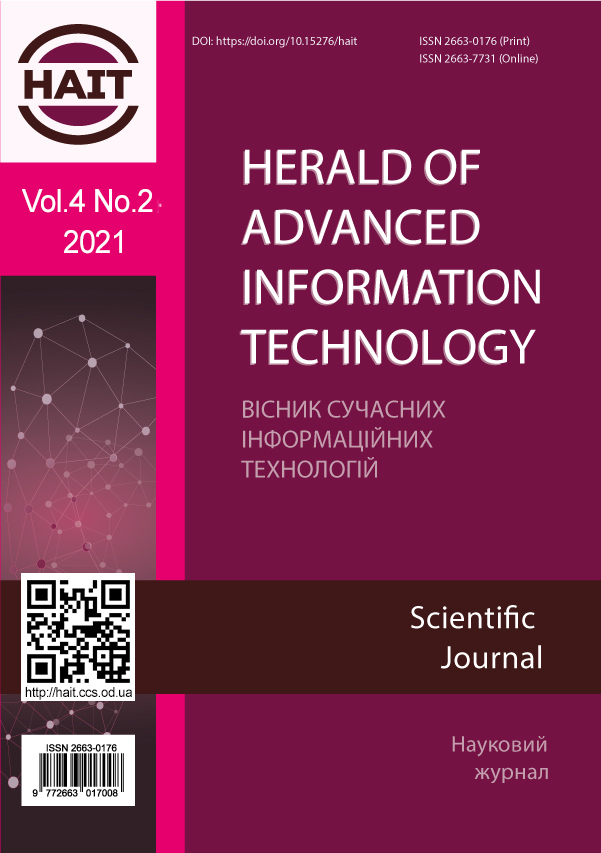Computer-aided design and production information support
Main Article Content
Abstract
Information support for modern computer-aided design of products and processes is considered in this review in accordance with the methodology of the integrated CAD/CAM/CAE system. Three levels of the management hierarchy at the design and production stages are considered. At the top (organizational) level, computer-aided design of the product structure and its manufacturing technology is performed. At the middle (coordinating) level, a binding to existing technological equipment and debugging of individual fragments of the control program are performed. At the lower (executive) level, the control program is finally created, debugged and executed. A distinctive feature of the proposed automation methodology at the design and production stages is the use of feedback from the lower level to the middle and upper levels to correct the decisions made there, taking into account the existing management powers at these levels of the hierarchy. Thus, the indicated levels of the hierarchy of the intelligent system correspond to the hierarchy of objects and subjects of management and control, taking into account the powers (and capabilities) of management and control at each level. Information is a basic category not only in information (virtual) technology for its transformation and transmission, but also in physical technology of material production in the manufacture of a corresponding material product. Such technology as a rule, contain preparatory (pre-production) and executive (implementation) stages. At the preparatory stage, a virtual product is created (an information model of a real product in the form of virtual reality), and at the executive stage, a real (physical) product appears that has a use value (possession utility). This research describes the features of information processing at both stages of production in order to increase its efficiency.



